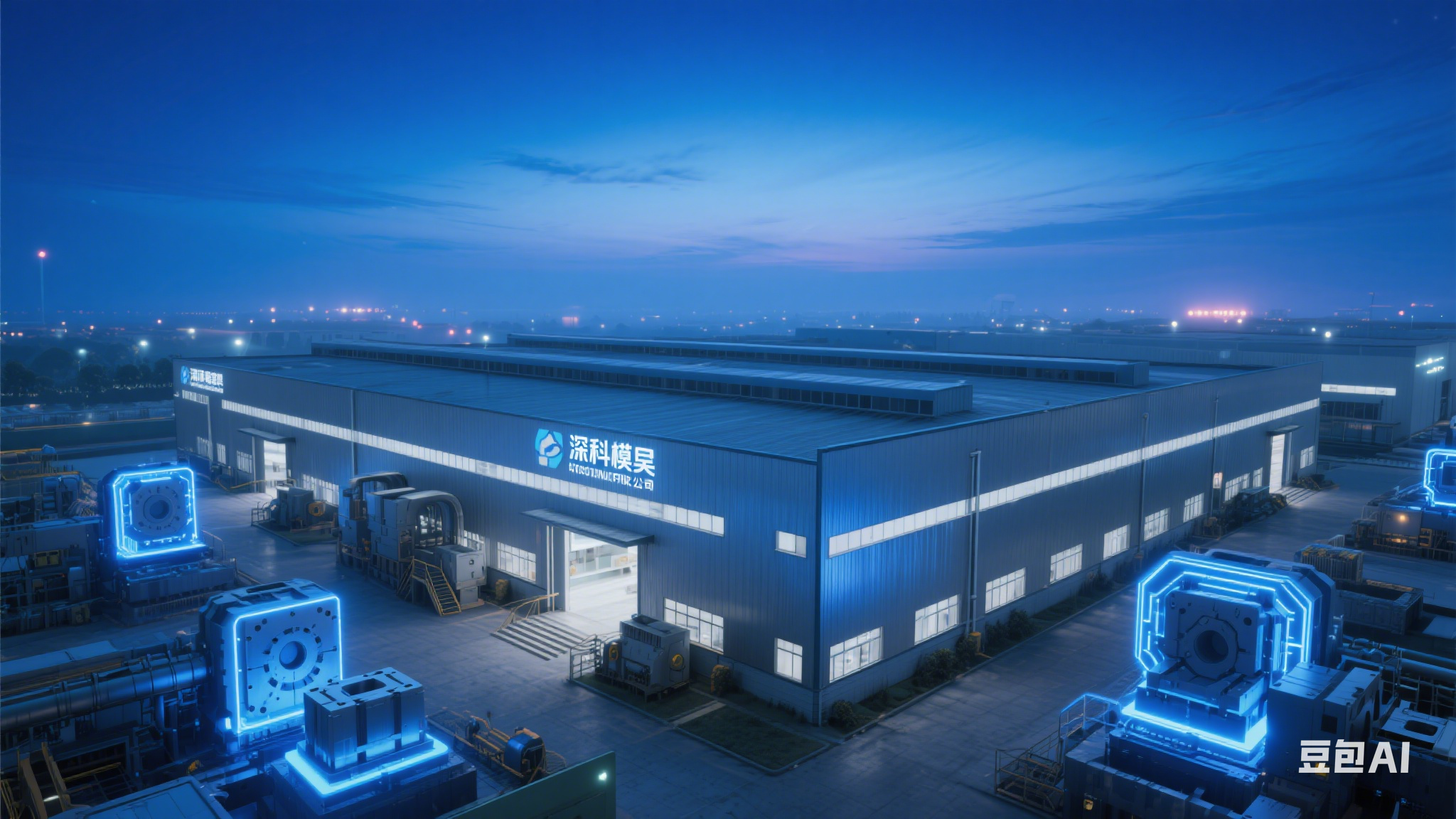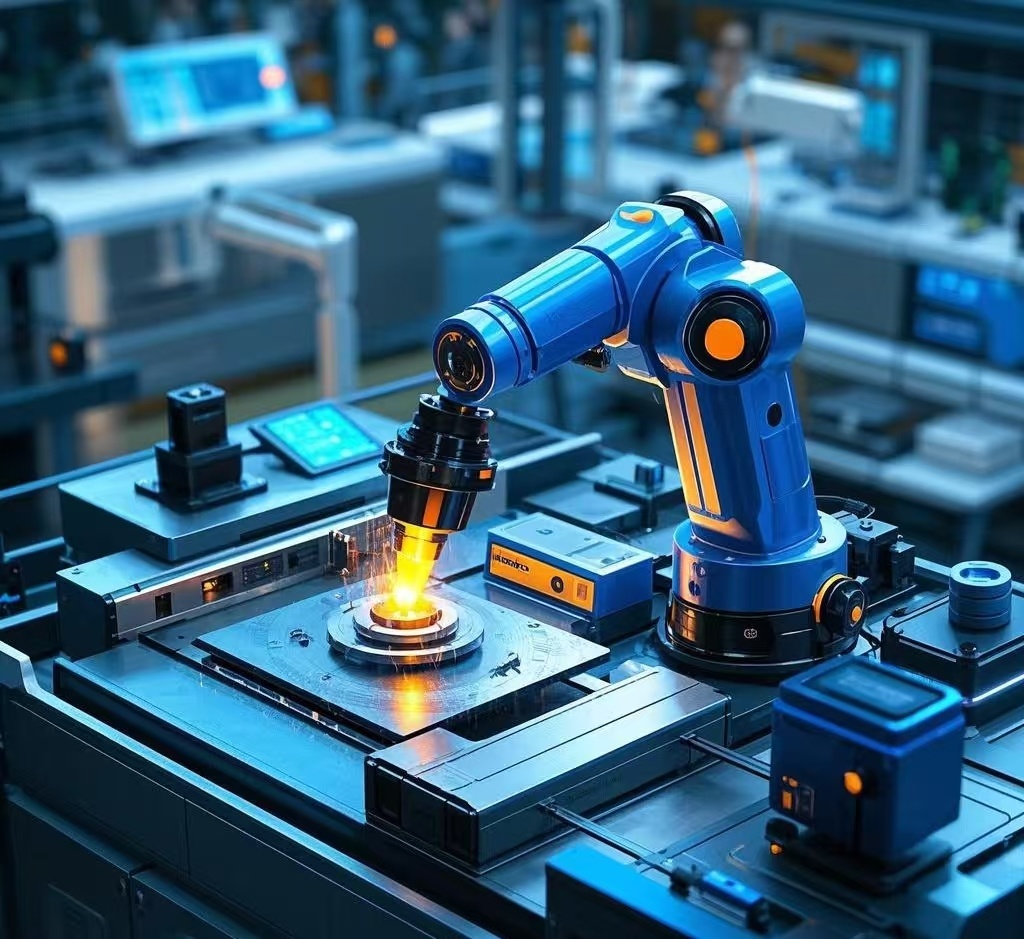Analysis of the types and characteristics of plastic mold injection machines.
Release time:
2024/11/26
Injection molding machines are one of the most commonly used devices in plastic mold processing. They melt plastic into molds through high temperature and high pressure, producing products of various shapes. Depending on different needs and application areas, injection molding machines can be divided into various types and models. This article will introduce the types and characteristics of plastic mold injection molding machines to help you better understand the selection and use of injection molding machines.
Injection molding machines are one of the most commonly used devices in plastic mold processing. They melt plastic into molds through high temperature and high pressure, producing products of various shapes. Depending on different needs and application fields, injection molding machines can be divided into various types and models. This article will introduce the types and characteristics of plastic mold injection molding machines to help you better understand the selection and use of injection molding machines.
1. Classification by injection method
1. Extrusion Molding Machine
Extrusion molding machines are suitable for the production of long cross-section products such as pipes and sheets. They melt plastic and extrude it into molds through a rotating screw, featuring high production efficiency and stable product quality.
2. Injection Molding Machine
Injection molding machines are the most common type of injection molding machine, suitable for producing various shapes of plastic products, such as daily necessities and electronic product housings. They inject molten plastic into molds through an injection device to form the desired product shape, characterized by high production precision and good surface quality.
3. Blow Molding Machine
Blow molding machines are suitable for producing hollow plastic products such as bottles and containers. They place molten plastic into molds and use high-pressure airflow to blow the plastic to expand it, forming the desired product shape, characterized by high production efficiency and lightweight products.
II. Classification by structural type
1. Horizontal Injection Molding Machine
Horizontal injection molding machines are simple in structure and easy to operate. Their injection device and mold are located on the same horizontal plane, suitable for producing small products such as plastic fittings and electronic connectors.
2. Vertical Injection Molding Machine
Vertical injection molding machines have a compact structure and occupy a small area. Their injection device and mold are located on the same vertical plane, suitable for producing height-restricted products such as automotive interior parts and fiber optic connectors.
III. Classification by injection method
1. Cold Runner Injection Molding Machine
Cold runner injection molding machines are a commonly used type of injection machine, suitable for producing large quantities of products. They inject molten plastic into the mold cavity through cold runners inside the mold, then quickly cool and solidify through a cooling system. After product formation, they are discharged through an ejection device, characterized by high production efficiency and low material consumption.
2. Hot Runner Injection Molding Machine
Hot runner injection molding machines are suitable for producing high-demand products with beautiful appearances and strict dimensions. They inject molten plastic directly into the mold cavity through a heating system inside the plastic mold, avoiding melt backflow and waste caused by cold runners, characterized by energy saving, emission reduction, and good product quality.
Regardless of the type of injection molding machine, it is very important to choose a model that suits your production needs. When selecting an injection molding machine, factors such as product size, material characteristics, and production efficiency should be considered, and full communication with the injection molding machine manufacturer should be conducted to ensure optimization of production results and efficiency.





